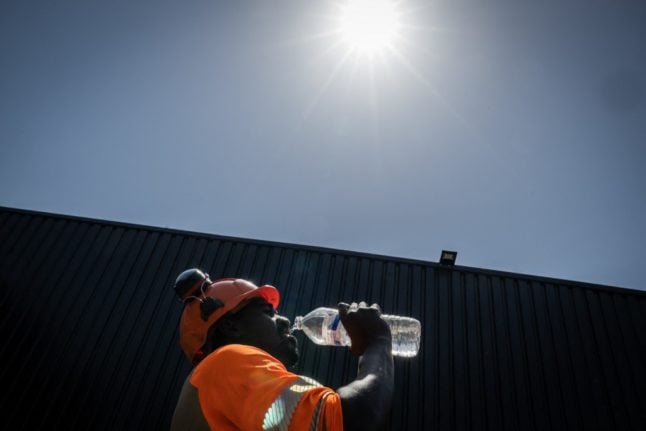After a cooler few weeks with temperatures dropping significantly at night, France is predicted to return to summer heat this week, with Météo France predicting temperatures of up to 39C in the south west.
Fears that Hurricane Danielle would hit Europe have proved unfounded, with the storm dispersing and instead turning into a simple low-pressure system that will bring warm weather up from North Africa.
The hot weather began on Sunday in the south west, where Biarritz reached 31.5C and the region saw temperatures of up to 39C on Monday.
Elsewhere in France temperatures were predicted to be 24C-30C in northern and central France and 29C-34C along the Mediterranean coast.
🌡 #Températures très élevées attendues ce #lundi #12septembre après-midi sur le #sudouest.
🔻#Bordeaux* : 38°C (~13°C > normale)
🔻#Agen, #Tarbes, #Biarritz : 36°C
🔻#Montauban et #Auch : 35°C*Bordeaux : record mensuel le 17/09/1987 avec 37°C pic.twitter.com/8dhRCRuPgr
— Météo-France (@meteofrance) September 12, 2022
By mid-afternoon on Monday, over a hundred communes located mostly in the southwest and central France broke heat records for the month of September.
Pau, located in the Pyrénées-Atlantiques département recorded 37.4C, exceeding its previous record of 36.3C from 1970. Several communes saw temperatures of higher than 35C.
40.1°C à la station Météo France de #Bégaar (40)
Au contraire du tweet précédent ce n'est pas encore le #record national car la station de Cambo-les-Bains avais mesuré 40.5°C le 7/09/2016
Près de 70 records mensuels battus !
39.6°C à Orthez
39.6°C à Samadet
39.2°C à Belin-Beliet pic.twitter.com/C9hN9kqom1— Meteociel (@meteociel) September 12, 2022
In Landes, the Bégaar weather station recorded temperatures of higher than 40C in the afternoon.
The hot weather is predicted to last until the middle of the week, when it will cool slightly, and there may be storms on some areas.
Many areas in France remain on drought alert with water restrictions in place.
MAP: Where in France are there water restrictions and what do they mean?



 Please whitelist us to continue reading.
Please whitelist us to continue reading.
Member comments